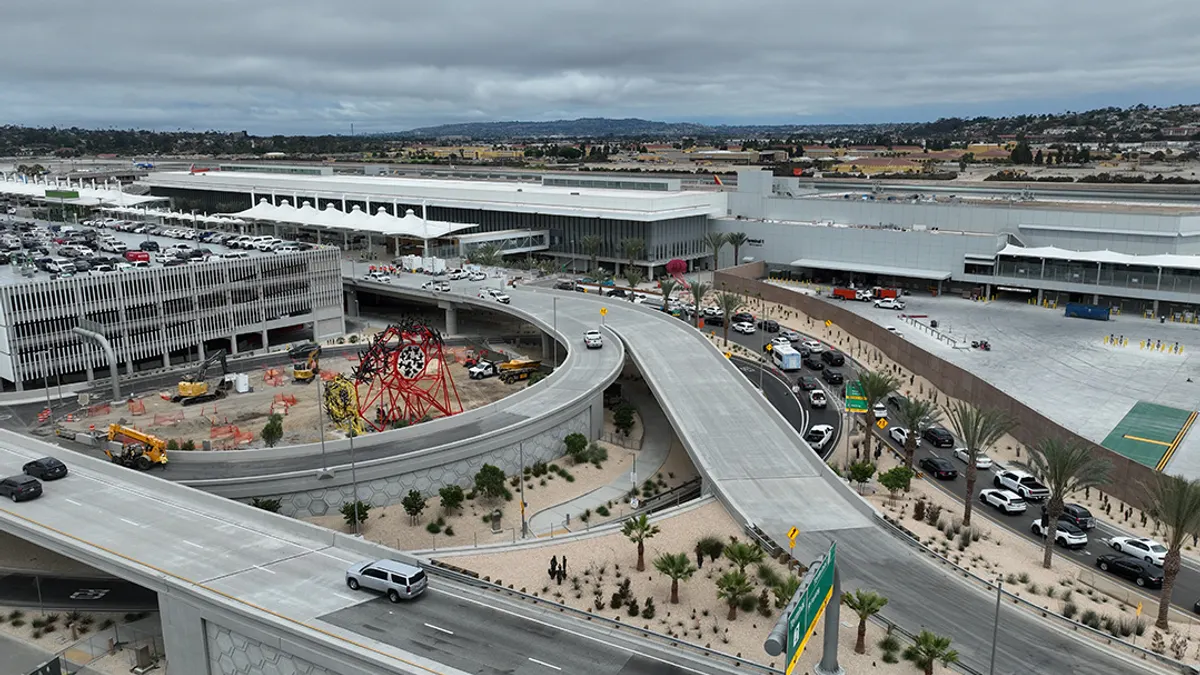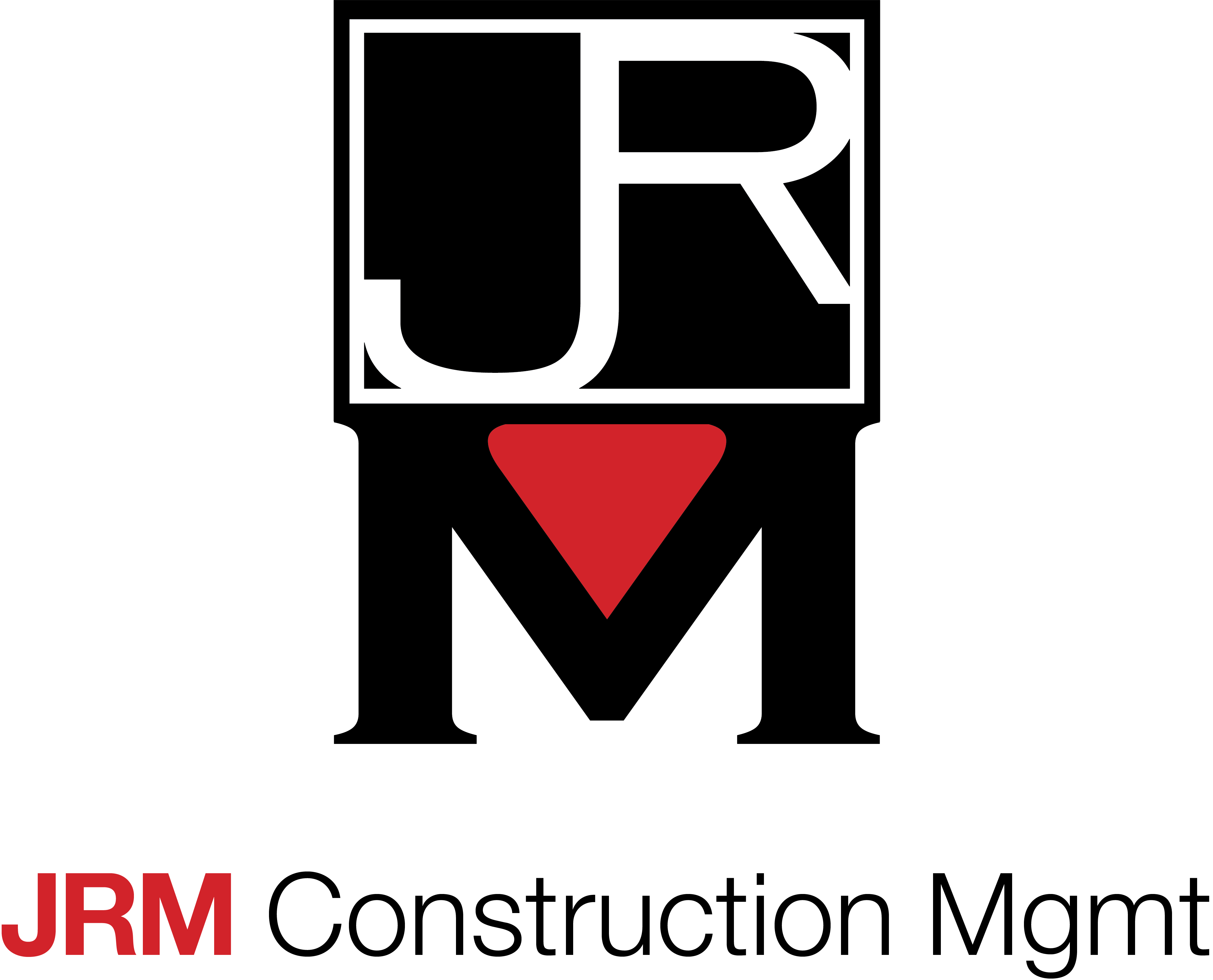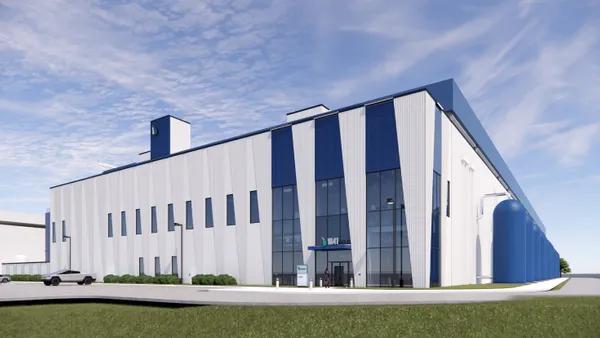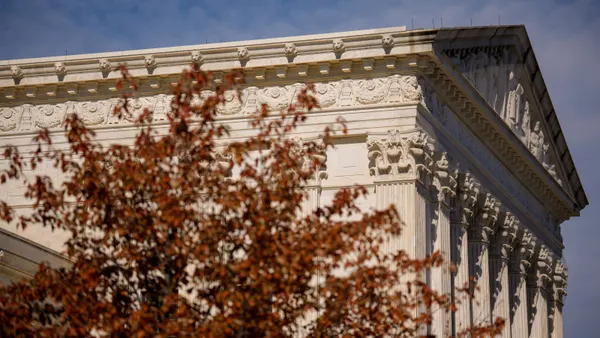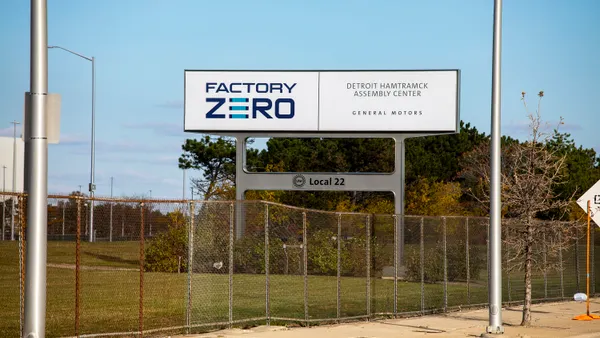Dive Brief:
-
China boasted a record of 84 high-rises completed in 2016 out of the 128 built worldwide, according to a report by the U.S.-based Council on Tall Buildings and Urban Habitat.
-
Hundreds more skyscrapers are on the horizon for China, with Shenzhen's 1,965-foot Ping An Finance Centre slated to become the country's second tallest if it's finished as planned this year.
-
In comparison, the U.S. saw only seven skyscrapers in that size range — 656 feet tall or taller on CTBUH's list — completed last year, according to The Wall Street Journal.
Dive Insight:
For the ninth year in a row, China towered above the world’s skylines, but with more skyscrapers planned, China’s economy doesn’t bode well for the future renters — or lack thereof — of these new structures, according to The Journal. While China's high-rises once signified the country's development, the rapid increase in the number of structures is beginning to signal a slowdown in the nation's economy.
In China and across the globe, skyscrapers are considered a sign of a country's prowess — signs that may attract more attention and future business. Apart from adding to an area's iconic value, these high-rises may act as a way to "clean up" particular neighborhoods and spur development, MG New York Architects founder Michael Gadaleta told Construction Dive last year.
At the beginning of 2016, The Council on Tall Buildings and Urban Habitat (CTBUH) declared that year would be the era of the "megatall" skyscraper. While there are only three megatall buildings at present — concentrated in China and the Middle East — the council predicted the number of supertall structures would double within the next five years.
However, the organization has also predicted that by 2020, the urge to build these 1,968-foot-plus structures would decline. And while countries like Iraq, Saudi Arabia and China continue to vie for the title of claiming the world's tallest skyscraper, others see pushback on the frontier.
A common refrain in the argument against skyscrapers is that they alter the character of an established neighborhood and raise the prices of the area's real estate. Concerns about extravagant rents driving out established residents and local businesses that can't afford the new luxury price tag of their neighborhoods have prompted pushback from critics of high-rise construction.
With economic factors being the only real indicator of the future of skyscraper development, it's unclear whether the trend to reach new heights will continue or whether it will decelerate by 2020, as predicted. But, experts say, as long as units sell and developers have the resources to build, the race to the top will likely continue.



